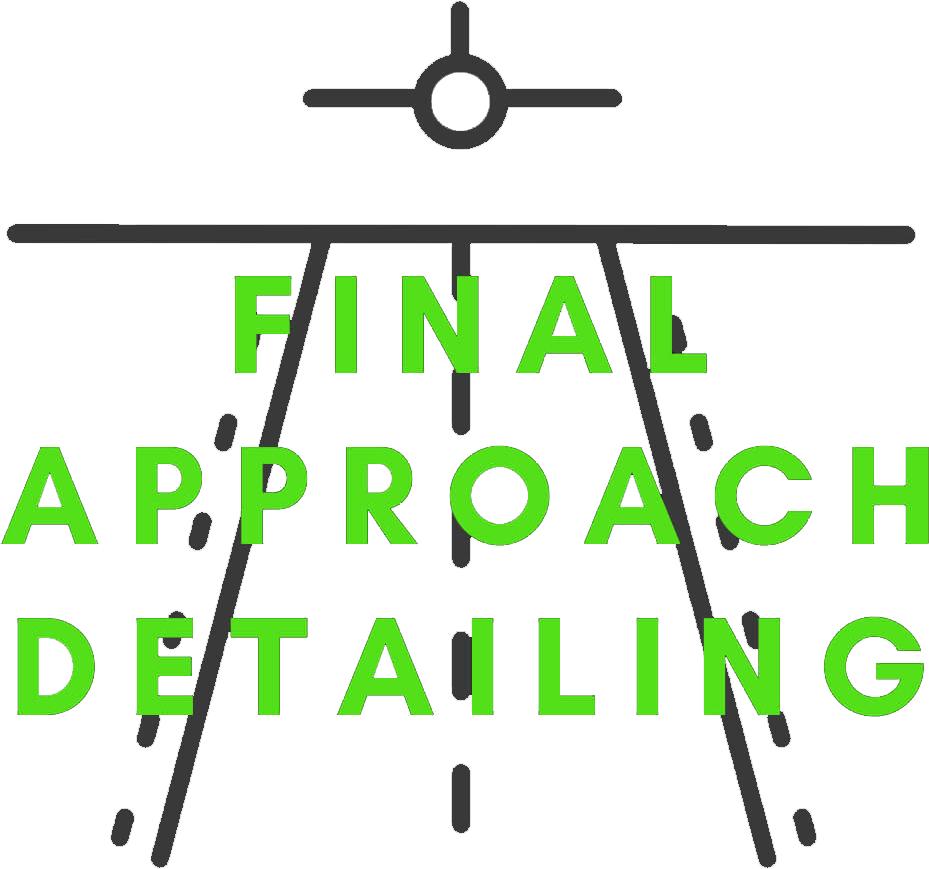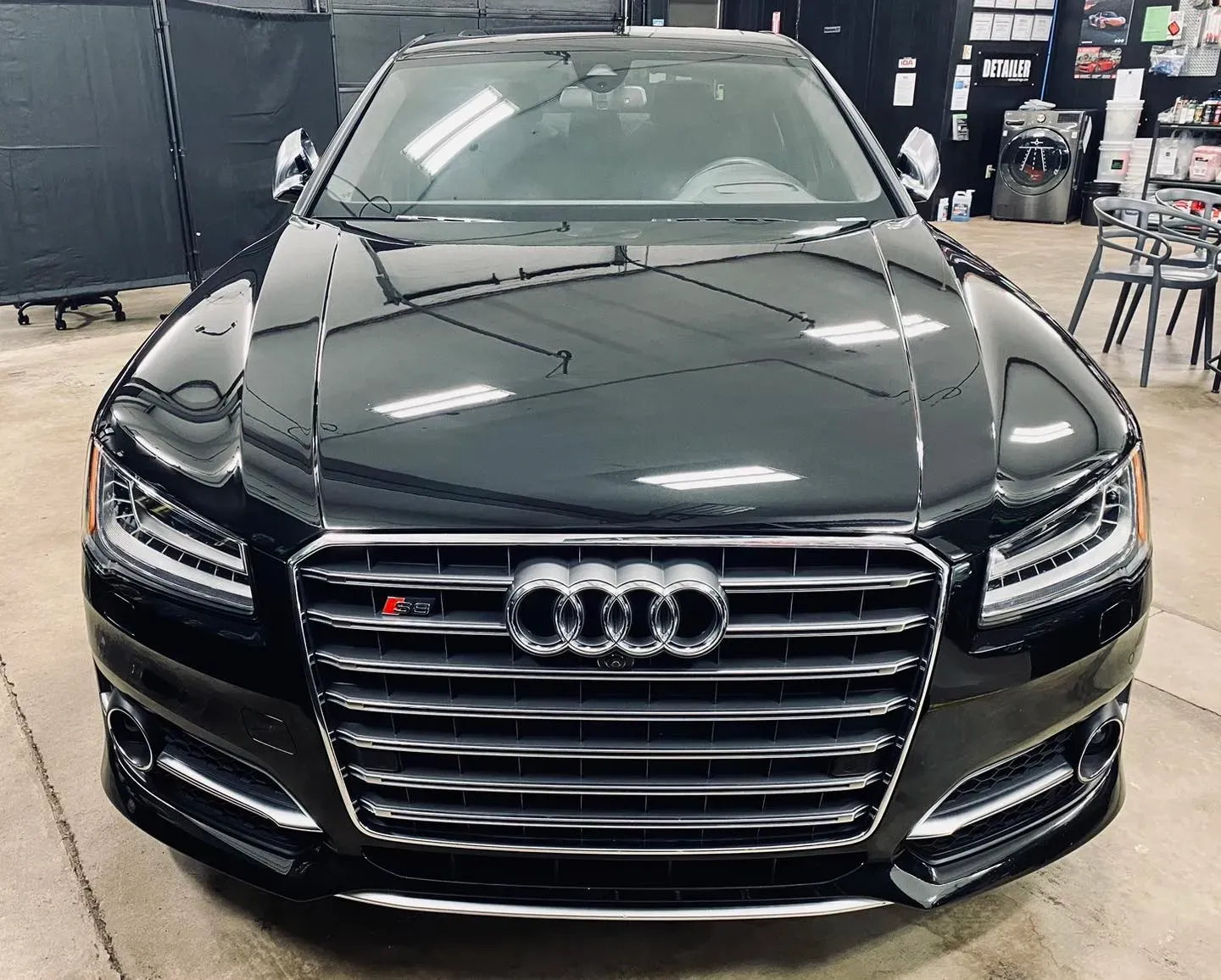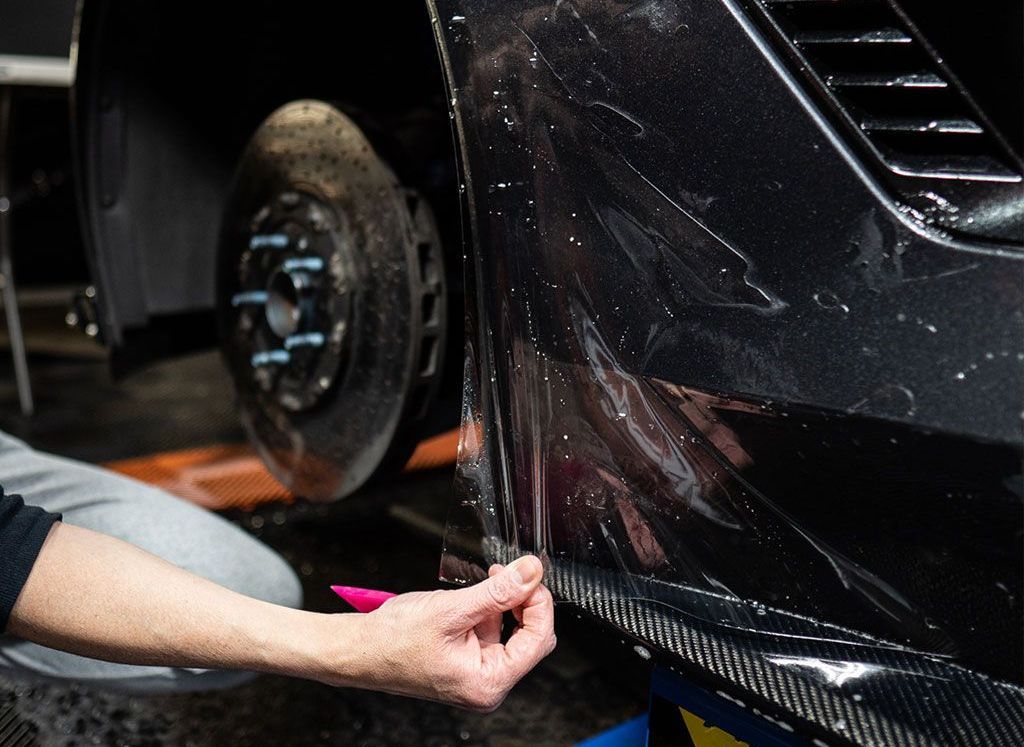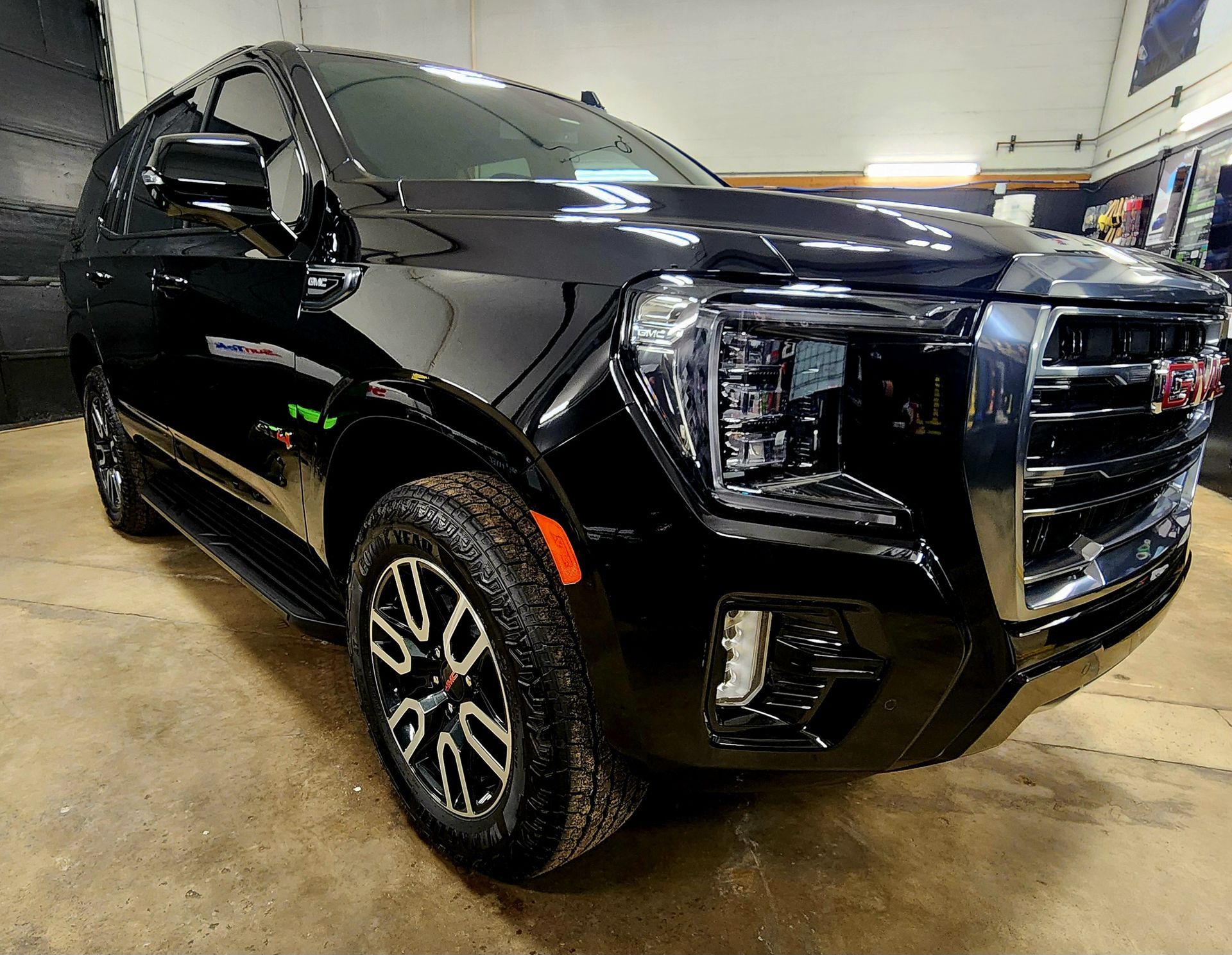Paint Correction On Car: Are Paint Corrections Permanent?
What Is Paint Correction?
Paint correction is a delicate process that requires skill and practice to get the most out of paint. It involves taking away flaws and imperfections from car paint finishes, such as light scratches, oxidation, and etching from water spots. A technician can eliminate these unsightly marks by using special polishing tools and compounds. Over the years, technology has advanced drastically, making it easier than ever for vehicles to get an entirely new look in just hours!
Fixing Scratches and Damage with Paint Correction
Fixing scratches and damage with paint correction can be a tedious process, as there is no one-size-fits-all solution to these problems. Depending on how severe the flaw is, the paint may be restored through wet sanding, machine polishing, or chemical treatments.
Wet sanding is often employed for shallow scratches and swirls on the painted surface. It involves using a wet block of sandpaper directly over an affected area to gradually strip away the top layer of paint until a clean, even surface is revealed. Before you try this method, do some research and practice. If done correctly, it can be very effective, but mistakes can make it dangerous.
When there is more damage, like oxidation or deep scratches, machine polishing is often used. For this process, you need a dual-action polisher to apply compounds and abrasive pads to the paint surface and slowly buff away the scratches. Only experts with the necessary training and equipment should attempt it in order to prevent burn marks from appearing on the body of your car. Any mistakes here could result in permanent damage.
On the more severe end of things, chemical treatments may be needed for issues like acid rain etching. These use special chemical removers that break down sticky contaminants on contact and soften deeper layers of paint so they can be safely removed without hurting your car’s lacquer coating. Due to the risks of doing this process wrong (like creating bubbles or discoloration), it should always be done by professionals who have done it before. It is especially important that careful consideration be given when fixing deep scratches, which require more specialized care and technique than shallow scratches do.
- Paint correction can effectively erase up to 95% of blemishes and defects from a vehicle’s paint.
- Professional paint correction can last for several years, depending on the level of protection applied afterward.
- According to EPA estimates, with proper preparation and careful application, most automotive paints can last 10 years or more without needing any corrections or upgrades.
Level of Fixing Damage
When talking about paint corrections, it is important to figure out how much damage needs to be fixed. Technicians usually take into account factors like the vehicle’s age and any previous work done on it, as well as any contamination present. Other variables like clear coat type, thickness, and size also come into play here, plus you have to know what equipment will be used and the technician’s skill set.
Based on these factors, some minor paint damage, such as light scratches or fading, may be completely fixed, while more serious issues like oxidation may need another process for correction. Furthermore, if paint correction isn’t done correctly or safely, it could cause permanent harm instead of just improving its aesthetic appeal. It is for this reason that technicians must always use caution when determining what level of corrective action should be taken.
What Types of Cars and Surfaces Can Benefit from Paint Correction?
Paint correction is a good way to make the outside of a car look new again, but it only works on certain models and surfaces. In general, paint correction works on all kinds of car paints—gloss or flat finishes, clear coat finishes, or single-stage urethane ones—and it can even improve plastic bumpers and chrome trim.
However, it’s essential to note that paint correction services cannot guarantee perfect results. Cars with significant scratches or dents from sun exposure will not look brand new after a paint correction; however, light scratches, swirls, and oxidation can still be reduced in appearance.
Moreover, automotive paint conceals any imperfections beneath its surface. If an automobile requires bodywork before beginning a restoration project, simple paint correction treatments won’t be enough to restore it back to its former glory.
No matter the surface or car being treated, one must always make sure the paint correction approach used is both secure and efficient to avoid creating additional flaws during the procedure. With the right amount of care and accuracy, paint correction can be a permanent fix that improves the look and durability of any vehicle.
Permanent Solutions to Fix Car Paint
Permanent fixes for car paint can be a great way to keep your car in good shape and keep it looking good. However, there are a few things you should take into account before deciding if permanent fixes are the best choice for you.
First and foremost, it’s crucial to be aware of long-lasting fixes like paintless dent repair and ceramic coatings that are only possible with professional assistance. Professional ceramic coatings add an extra layer of protection between the weather and your car’s paint job, preventing small scratches and other damage. This saves you time, money, and trouble in the long run. Paintless dent repair services use ultrasonic technology to get rid of small dents in body panels without using any paint at all. This saves money without lowering the quality of the results.
On the other hand, some permanent fixes can do more harm than good if they are not put in place correctly or kept up well. Vinyl wraps, for instance, offer an easy way to customize your car’s aesthetic with a minimal investment of both time and money; however, they require professional installation in order to guarantee they last as long as possible. If they aren’t put on right, they could peel or fade before their time, and if they are taken off wrong, they could damage the paint.
Finally, no matter how long a fix lasts, most permanent fixes should be followed up with regular detailing and waxing to protect the paintwork as much as possible. This is because waxes and blades guard against UV light-induced oxidation as well as dirt that might be difficult to remove from more delicate surfaces like plastic trim around windows or door handles.
Before making any permanent change to your car’s paint, it is essential to weigh both the advantages and potential risks. When done properly, however, these solutions can provide long-lasting protection for its exterior finish.
Waxes, Compounds, and Detailing Solutions
Paint correction requires waxing, compounds, and detailing solutions. Waxing is an important part of paint correction because it protects the paint from dirt and other things that can be hard to get rid of. Plus, waxes are easy to apply, so they’ll last for days! Wax comes in various types, such as all-inclusive formulas, synthetic sealants, and natural carnauba wax, that are used for various applications. These compounds have abrasives that help remove oxidation from paint surfaces, making them ideal for restoring automotive finishes. Detailers often say that the best results come from cleaning the surface with a pre-wax cleaner before applying the compound. Lastly, detailing solutions are made to be used on the outside of a car to make it shine again without leaving any residue or hurting any protective coatings.
Overall, waxes, compounds, and detailed solutions may be needed for paint correction, but only experts should use them because they can be dangerous. If not applied correctly, these substances could leave marks or scratches on the painted surface that wasn’t intended.
Removing Layers of Paint
Many auto detailing services offer various levels of paint correction. One common process is thorough paint correction, which involves taking away layers of the top layer. This can reduce or get rid of light scratches and other surface flaws that were present before the correction was applied, giving your car’s finish an improved appearance and feel overall.
In some cases, it may be beneficial to remove thin layers of paint on the outside of a car in order to create an unblemished surface before applying a clear coat that will protect the original color better. Furthermore, scraping away one or more thin coats of paint can also eliminate oxidation and other discolorations that have developed over time.
But it’s important to keep in mind that removing thick layers of paint from the outside can cause damage to spread deeper into the paint. Also, if nothing is done right away, leaving metal panels out in the open could speed up oxidation or rusting. Also, taking off a few layers could make the ones underneath more susceptible to UV damage and extreme temperature changes. Before doing any kind of paint correction, you should talk to a professional detailer about how much and what kind of paint will be removed, as well as any benefits and risks.
Contact Final Approach Detailing for Permanent Paint Correction
Overall, paint correction is a reliable solution for fixing scratches and swirls on your car. However, you must carefully weigh its pros and cons before making a final decision; make sure it fits within your budget and timeframe while providing results you’re happy with.
To make sure the paint correction lasts as long as possible, you should wash your car often, stay away from harsh chemicals, and use high-quality products. Having a professional detailing service check and maintain your car regularly can also help find problems before they get worse.
If you are in need of paint correction for your vehicle, you should contact Final Approach Detailing. Final Approach Detailing offers a range of detailing services tailored to meet any need. Contact us today to book an appointment and experience the difference our expert detailing can make on your ride!





